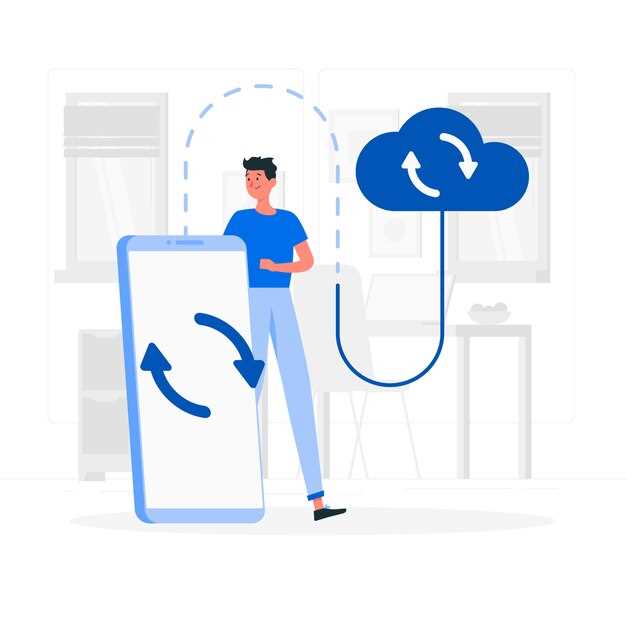
In today’s digital landscape, software is constantly evolving to meet the demands of users and the challenges posed by emerging threats. One of the key methods through which software enhancements are delivered is through OTA (Over-The-Air) updates. These updates allow devices to improve functionality and performance without the need for physical intervention, offering a level of convenience that is highly appealing to consumers.
However, the rapid deployment of OTA updates also raises significant concerns regarding security. While these updates are designed to patch vulnerabilities and enhance user experience, they can also serve as a gateway for malicious actors to exploit weaknesses in the update process itself. The balance between the ease of receiving updates and the potential security risks they may introduce is a critical aspect that needs careful consideration.
In this article, we will delve into the dual-edged nature of OTA updates, examining both the benefits they provide in enhancing software capabilities and the threats they pose to security. By understanding this balance, users can make informed decisions about how they manage software updates on their devices, ensuring that convenience does not come at the cost of safety.
Identifying Potential Security Threats in OTA Updates
Over-the-air (OTA) updates have revolutionized the way software is delivered to cars, providing convenience and timely improvements. However, this innovation also introduces various security threats that must be carefully managed to ensure the safety of vehicles and their occupants.
One major concern is the risk of unauthorized access to the OTA update process. If an attacker can intercept the communication between the car and the update server, they could inject malicious software. This could compromise vehicle systems, leading to potential safety issues or unauthorized tracking of user location.
Another significant threat arises from the integrity of the update files themselves. If the software updates are not properly verified, counterfeit updates may be installed, which can alter car functions or disable security features. Implementing robust cryptographic signatures and checksums is crucial to prevent such scenarios.
Additionally, vulnerable components within the car’s firmware can serve as entry points for hackers. Flaws in the underlying software architecture may allow attackers to exploit vulnerabilities during the update process. Regular security audits and timely patching of these components are essential to mitigate this risk.
Finally, the dependence on a reliable internet connection can expose vehicles to risks associated with network security. Insecure Wi-Fi networks can serve as a gateway for cybercriminals. Automakers must educate users about secure connectivity options and consider including security measures that verify network identity before proceeding with OTA updates.
Best Practices for Implementing OTA Updates in Automotive Software

Implementing OTA (Over-the-Air) updates in automotive software involves several critical best practices to ensure both convenience and security. Proper execution of these updates enhances the vehicle’s performance while minimizing risks associated with cybersecurity threats.
1. Secure Update Delivery
Ensure that all software updates are delivered over secure channels. Utilize encryption protocols such as TLS (Transport Layer Security) to protect the integrity and confidentiality of the updates during transmission. This minimizes the risk of interception and unauthorized access.
2. Authentication and Authorization
Implement strong authentication mechanisms to verify the identity of the update server. The vehicle’s software should only accept updates from trusted sources. Furthermore, ensure that the software has proper authorization checks in place to prevent unauthorized modifications.
3. Incremental Updates
Adopt incremental updates rather than large binary files to reduce the size and duration of the update process. This approach can minimize the risk of failure during the update and makes the process more efficient, allowing for quicker deployments of critical fixes.
4. Robust Rollback Mechanism
Incorporate a reliable rollback mechanism that enables the vehicle to revert to the previous software version in case the update fails. This ensures that drivers are not left with malfunctioning software and can maintain safety and functionality.
5. Testing and Validation
Thoroughly test updates in a controlled environment before rolling them out. Use simulation tools to identify potential issues and validate performance metrics. Rigorous testing is crucial to minimize risks of disruptions post-update.
6. User Notification and Control
Inform users about available updates and provide them with control over when to install these updates. Transparent communication about the benefits and potential downtime during the update process fosters user trust and mitigates concerns about disruptions.
7. Regular Monitoring and Analytics
Establish a system for continuous monitoring of the OTA update process. Analyze logs and user feedback to quickly identify and address issues related to software performance or security vulnerabilities post-update.
8. Compliance with Industry Standards
Adhere to relevant automotive standards and regulations regarding software management and cybersecurity. Compliance ensures that the updates meet industry benchmarks and promotes trust in the vehicle’s software integrity.
By following these best practices, automotive manufacturers can effectively implement OTA updates that enhance vehicle performance while safeguarding against potential security risks.
Evaluating the Impact of OTA Updates on Vehicle Performance and User Experience

Over-the-Air (OTA) updates have revolutionized the automotive industry by allowing manufacturers to enhance vehicle software without the need for physical recalls or service center visits. These updates offer significant improvements in vehicle performance, directly influencing the user experience.
One critical aspect of OTA updates is their ability to optimize car performance. Manufacturers can refine engine management systems, improve fuel efficiency, and enhance driving dynamics through software adjustments. As a result, vehicle owners may notice smoother acceleration, better handling, and overall improved reliability after receiving an OTA update.
User experience is also profoundly impacted by the functionalities that OTA updates can provide. By continuously upgrading the software, manufacturers can introduce new features, such as advanced driver-assistance systems (ADAS) and enhanced infotainment options. This adaptability keeps the vehicle relevant and aligned with evolving consumer expectations.
However, the integration of OTA technology comes with challenges. Users may experience temporary disruptions during the update process, which can affect accessibility to certain features. Additionally, while OTA updates aim to enhance security, they may inadvertently introduce vulnerabilities if not carefully managed. Therefore, a careful balance must be maintained between delivering timely updates and ensuring the integrity of the vehicle’s software.
In conclusion, OTA updates are pivotal in shaping the future of automotive technology. They significantly influence both vehicle performance and user experience by providing a platform for continuous improvement. As the industry evolves, the challenge remains to maximize the benefits of OTA updates while mitigating associated risks.




